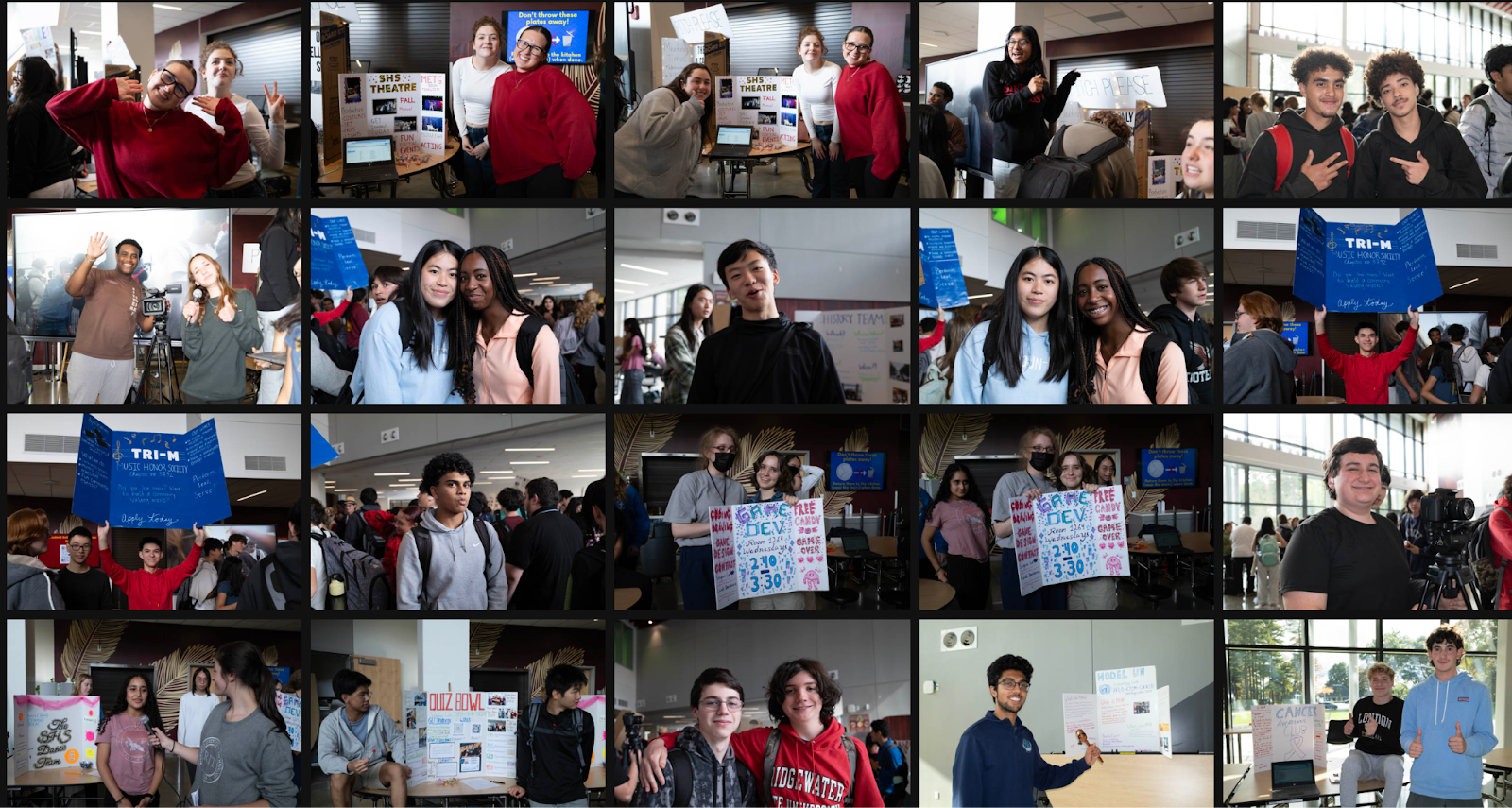Club Officers Take Notice!
Sharon High School’s clubs will now face new regulations and requirements.
This year, all clubs are required to complete a mission statement. Attendance must also be taken by each club’s officers and will be submitted to their advisors. Finally, clubs are now categorized under a new three-tier system.
In an attempt to ensure clubs can “effectively achieve [their] mission and goals as established by the club leaders” (Club Leader Training Summary), current seniors and co-presidents of the student council, Omar Kannachankudy and Sophie Hu, planned and presented these changes to the administration. They have been implemented through the School Committee, which is responsible for approving all clubs for official recognition.
Tier 1 clubs demand significant responsibility and strict attendance; they also have an affiliation with a larger organization, and they place emphasis on competition or social change. Tier 2 includes academic clubs and affinity groups, like student unions and service activities, which are open to all students. Tier 3 is composed of interest clubs, where students can share their hobbies and passions with others.
Kannachankudy and Hu were recently interviewed to further explain more about these regulations.
Kannachankudy pointed to plummeting club attendance rates as one of the reasons for the new system—before the tiered system, he said, it was difficult for clubs to attract and retain new members. He also explained that the PTSO, the only organization committed to providing clubs with grants and external funding, doesn’t have the resources to fund over ninety clubs, especially if they have overlapping goals or missions.
Hu added, “There’s no real system to oversee these clubs… we were hearing about a new club being started every other week, or some club just going completely silent halfway through a year.” She noted that they did not like other schools’ limiting club systems and wanted to come up with something new that would preserve the diversity of the many existing clubs at SHS.
“It was really just a lot of conversations, a lot of discussions, and a lot of brainstorming,” Kannachankudy said. “I think Sophie and I have been working on this for about a year and a half. We’ve had a lot of conversations with Ms. Jolicoeur, with Ms. Keenan, [and] with other club leaders as well.”
Their hope is that these changes will improve the quality of Sharon’s clubs. Hu emphasizes the importance of bringing passion to a club, rather than starting it to “slap on a resume.” Overall, Hu and Kannachankudy want to create a better club culture. When asked how students should handle any confusion about the new system, they encouraged communication: “Just reach out. We’re happy to help.”

Important Links

